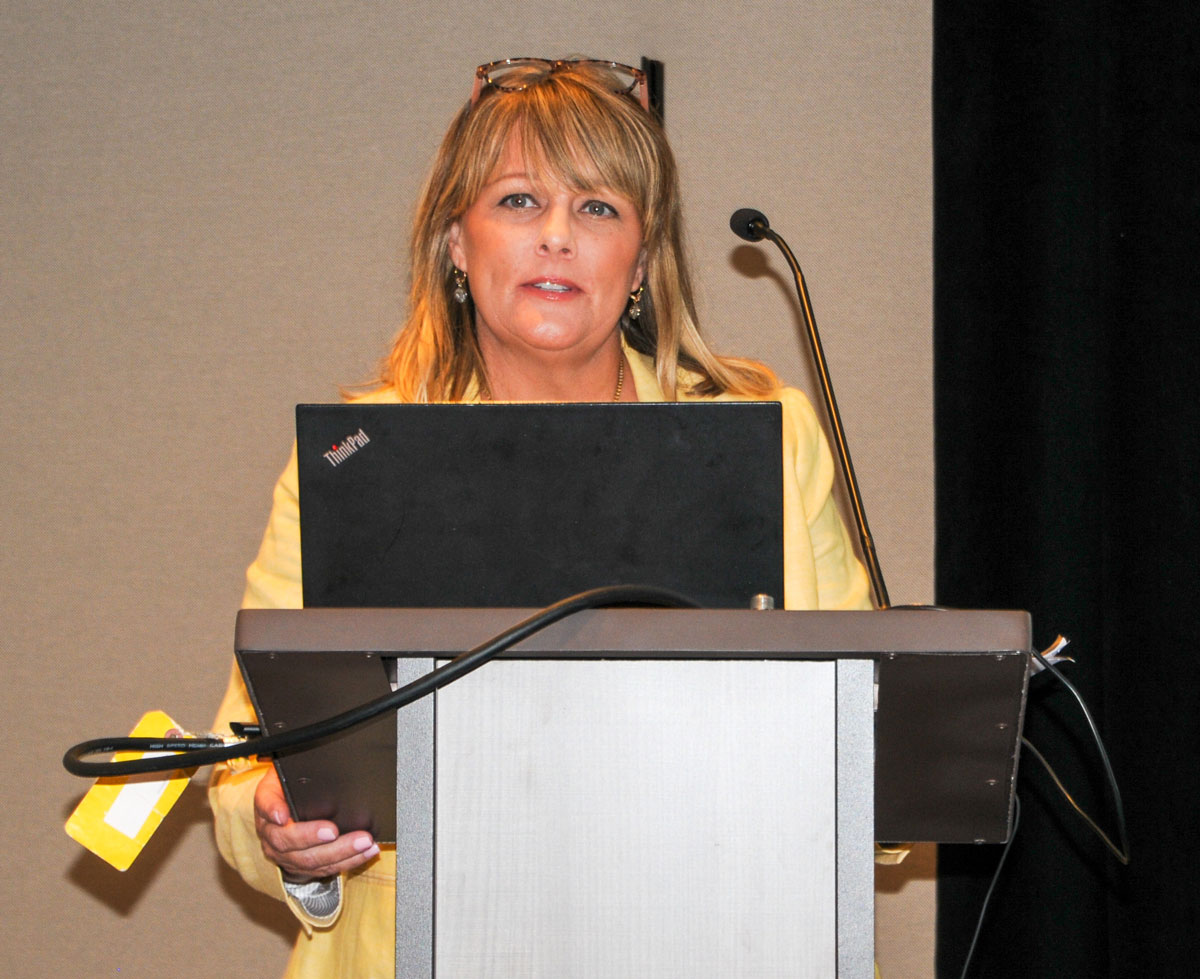 Chantel Dickson tells the 4Sisters sustainability story
Chantel Dickson tells the 4Sisters sustainability story
Jul 06, 2022
NEW ORLEANS, LA – Last week, the Louisiana Farm Bureau (LAFB) gathered for their annual convention in New Orleans, celebrating the organization’s 100th anniversary, a milestone as notable as the program itself.
The LAFB Rice Advisory Board meeting was led by Chair Allen McLain, with a full agenda of speakers presenting on topics from every aspect of the Louisiana and U.S. rice industry.
Following the regular business portion of the Board’s annual meeting, Roddric Bell, director of the U.S. Department of Agriculture’s Research Management Agency (USDA-RMA) from the Jackson Regional Office, discussed the latest information on the Hurricane Insurance Protection-Wind Index program, an important topic for growers in the region as the 2022 hurricane season is officially underway.
Three guest speakers participated in the panel titled, “Positive Ideas in Rice When Prices are Flat,” including Kasey Ater with Supreme Rice Mill, Chantel and Ashley Dickson with 4Sisters Rice, and Mia Albaugh with J.T. Meleck Vodka.
Ater discussed features of Supreme’s commercial harvesting fleet, logistics, and customer relations for the southwest Louisiana region. The 4Sisters Rice presentation included information on their participation in Kellogg’s “InGrained Program” that capitalizes on climate-positive agricultural practices, as well as the importance of data platforms at capturing sales data to help drive business decisions. Albaugh shared the J.T. Meleck story and how her family began the process of distilling spirits from rice grown on their farm in Branch, Louisiana, first made into vodka and now a new rice-based whiskey.
Jamison Cruce, USA Rice senior director of government affairs, provided an update on the organization’s efforts to secure financial assistance for rice farmers.
“USA Rice recognizes the challenges rice farmers are facing as input costs only continue increasing, particularly fuel and fertilizer, but also other expenses that come with harvest season, including labor, all while rice prices remain stagnant” said Cruce. “We’re also cognizant of our industry’s overall viability and we’re doing everything we can to protect the U.S. rice industry.”